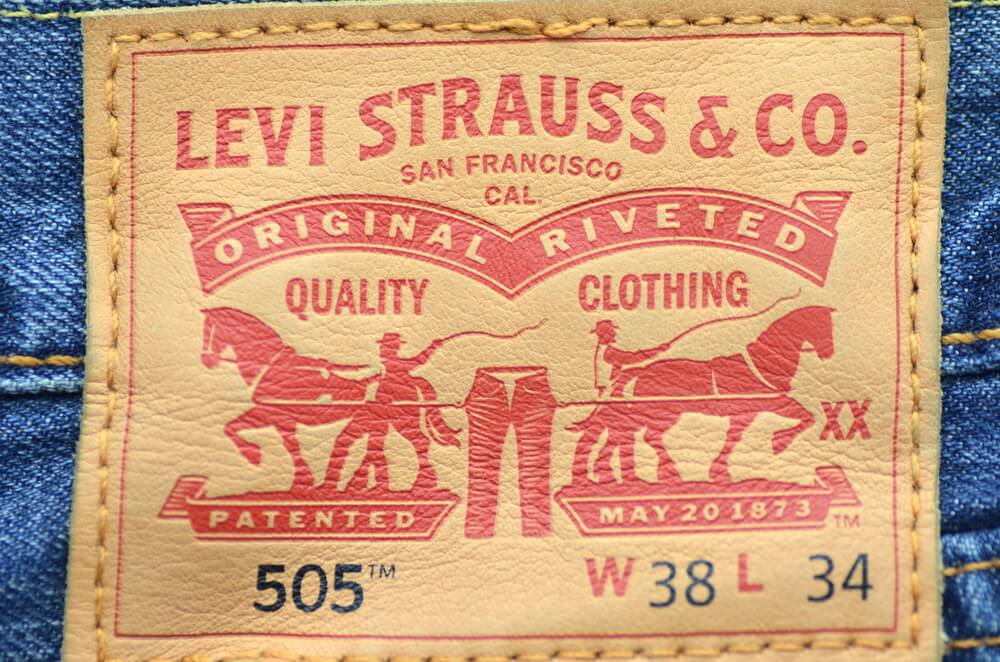Levi Strauss & Co. has been around since 1853 and invented blue jeans some 20 years after. Now, 166 years later, the company has filed for an initial public offering (IPO) — the second in company history.
The details of the IPO are thin right now. Levi’s has 12 underwriters, with Goldman Sachs leading the group. The company is currently using a placeholder of $100 million in its prospectus, and has yet to set a price range for the IPO or a goal for how much it wants to raise.
I was a bit surprised to hear of the company’s IPO. It seemed to me that a company with a history like Levi’s should already be a publicly traded company. It was, in fact, from 1971 through 1985. This is Levi’s second IPO.
According to a New York Times article from 1985, the move to go private back then was to “… allow management to focus its attention on the long-term rather than being concerned with the short-term as a public company must be.”
At the time, Merrill Lynch called the Strauss family’s $50-per-share offer to go private “a generous offer, two-and-a-half times book value and several times the cash flow.” Merrill also noted that “the main stockholders realized that the company found it difficult to find acquisitions in which to put the high cash flow to work.’”
This brings up two interesting points surrounding the new bid to return to public trading. First, Levi’s must now feel that an IPO will help the company’s short-term prospects, a reversal of its 1985 decision. Second, the company must have found a way to finally put its high cash flow to work … assuming it still has high cash flow.
Levi’s Blue Jean Baby Queen
In fact, Levi Strauss has been doing quite well. Free cash flow more than quintupled from $81 million in 2015 to $420 million in fiscal 2018. Net revenue growth expanded by 14 percent in 2018, and gross margins came in at an impressive 53.2 percent.
Overall, Levi Strauss remains the top jeanswear brand in the world according to total retail sales.
So, with the company doing extremely well in an increasingly tough retail environment, why take Levi’s public again?
The answer lies with the company’s short-term goals. Jeans, aka men’s bottoms, remain the company’s long-term bread and butter. However, Levi’s wants to expand into tops and women’s clothing — a near-term growth opportunity for the company.
Levi’s also is implementing a new enterprise resource planning (ERP) system.
Both moves require the additional cash that an IPO would bring in.
But there are problems with both ambitions. On the women’s clothing side, few companies have had lasting success in the casual market. Lululemon comes to mind. But even a storied brand name like Lululemon had to go through a rough patch of reorganization to stay on top.
Levi’s has one of the best brand names in the clothing business, but it doesn’t carry the same weight in the women’s market as Lululemon.
On the ERP side, Levi’s does not have a good history of cost-effective implementation. In fact, a 2008 ZDNet report indicates that Levi’s saw a 98 percent plunge in quarterly net income due to a prior ERP rollout.
But there is one aspect of Levi’s IPO that many have overlooked, and it could be the one thing that the company truly has going for it.
Taking Advantage of the Retail Apocalypse
While Levi’s may have had trouble finding quality acquisitions back in 1985, it’s an entirely different landscape in 2019. The “retail apocalypse” continues to rampage through the sector. Retail sales plunged 1.2 percent in December; the worst drop in nine years.
Many big-name stocks in the retail sector are trading at considerably depressed prices, while many others may be on the verge of filing for bankruptcy.
Flush with IPO cash and solid free cash flow, Levi’s could easily take advantage of the situation. If it plays its cards right, Levi Strauss could come out of this IPO poised for several key acquisitions that could help it easily meet its short-term goals.
Editor’s note: Keep scrolling to read more expert investment news from Thomas Lancaster on Money & Markets.
